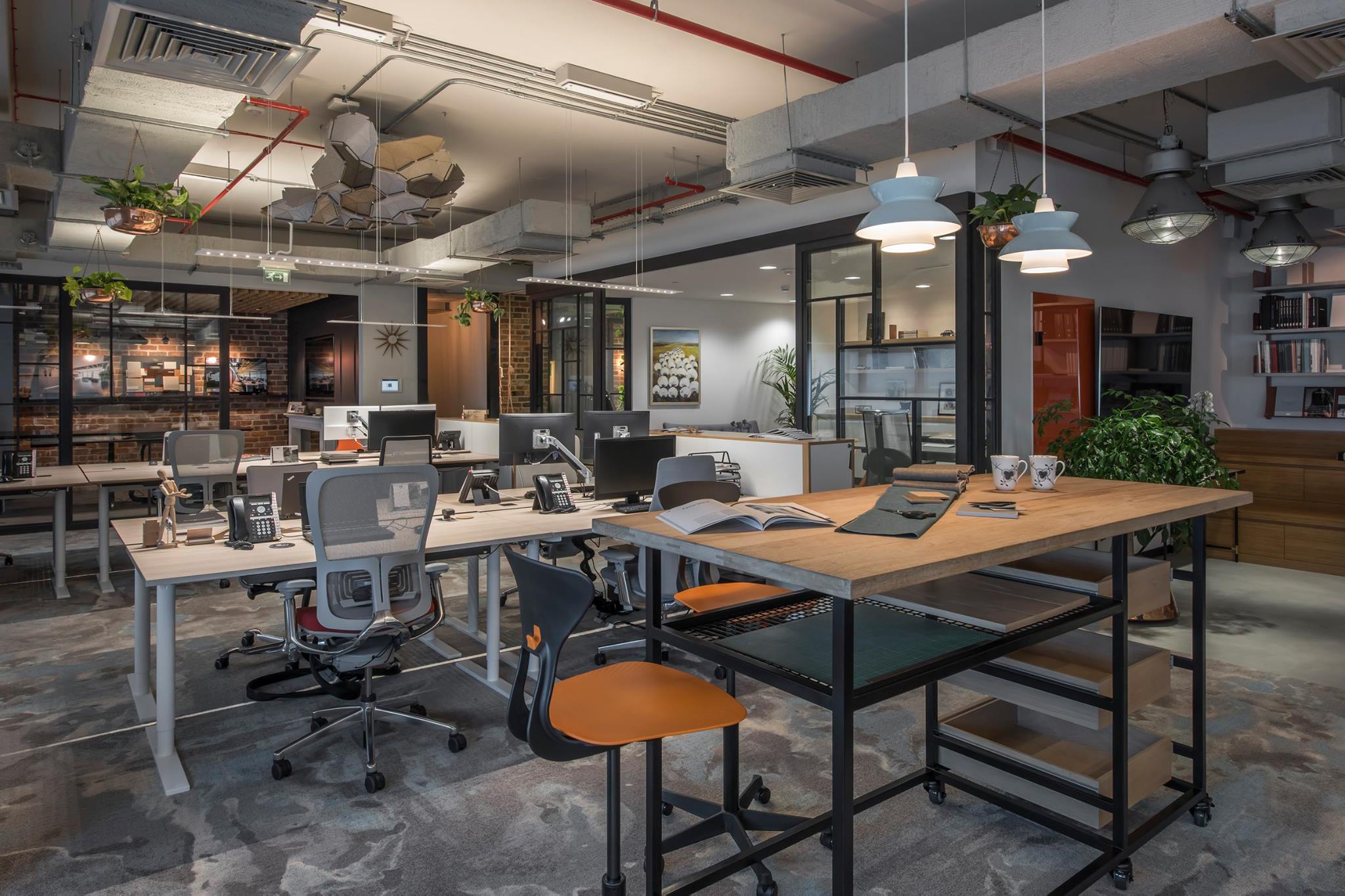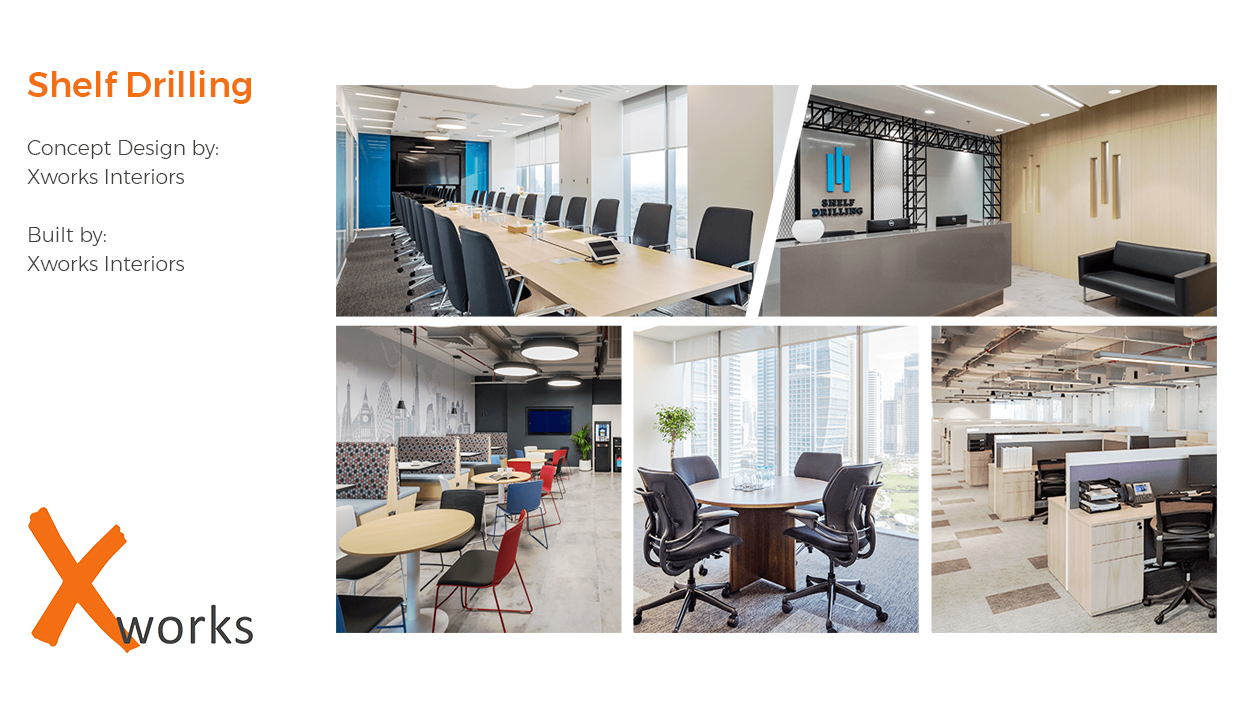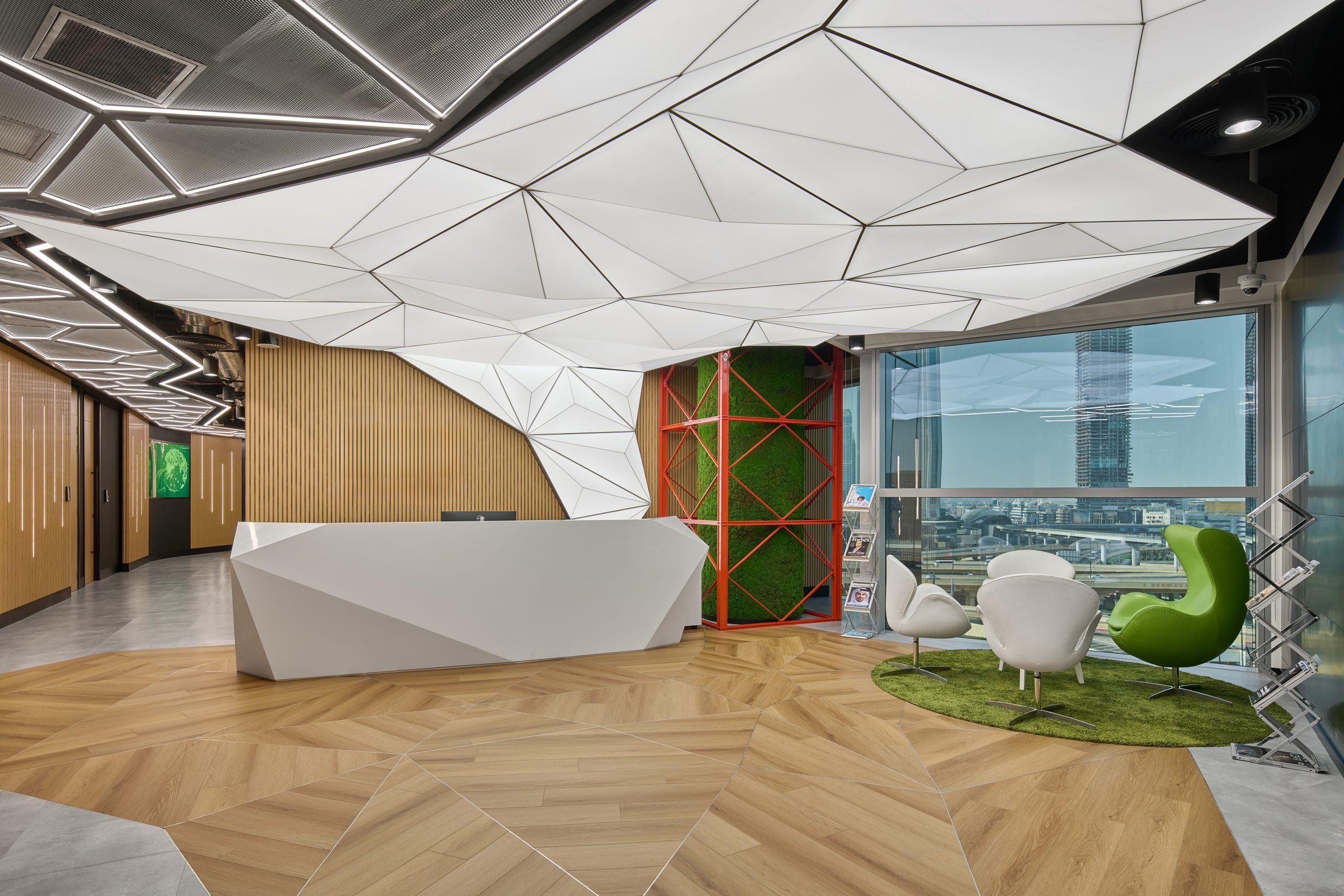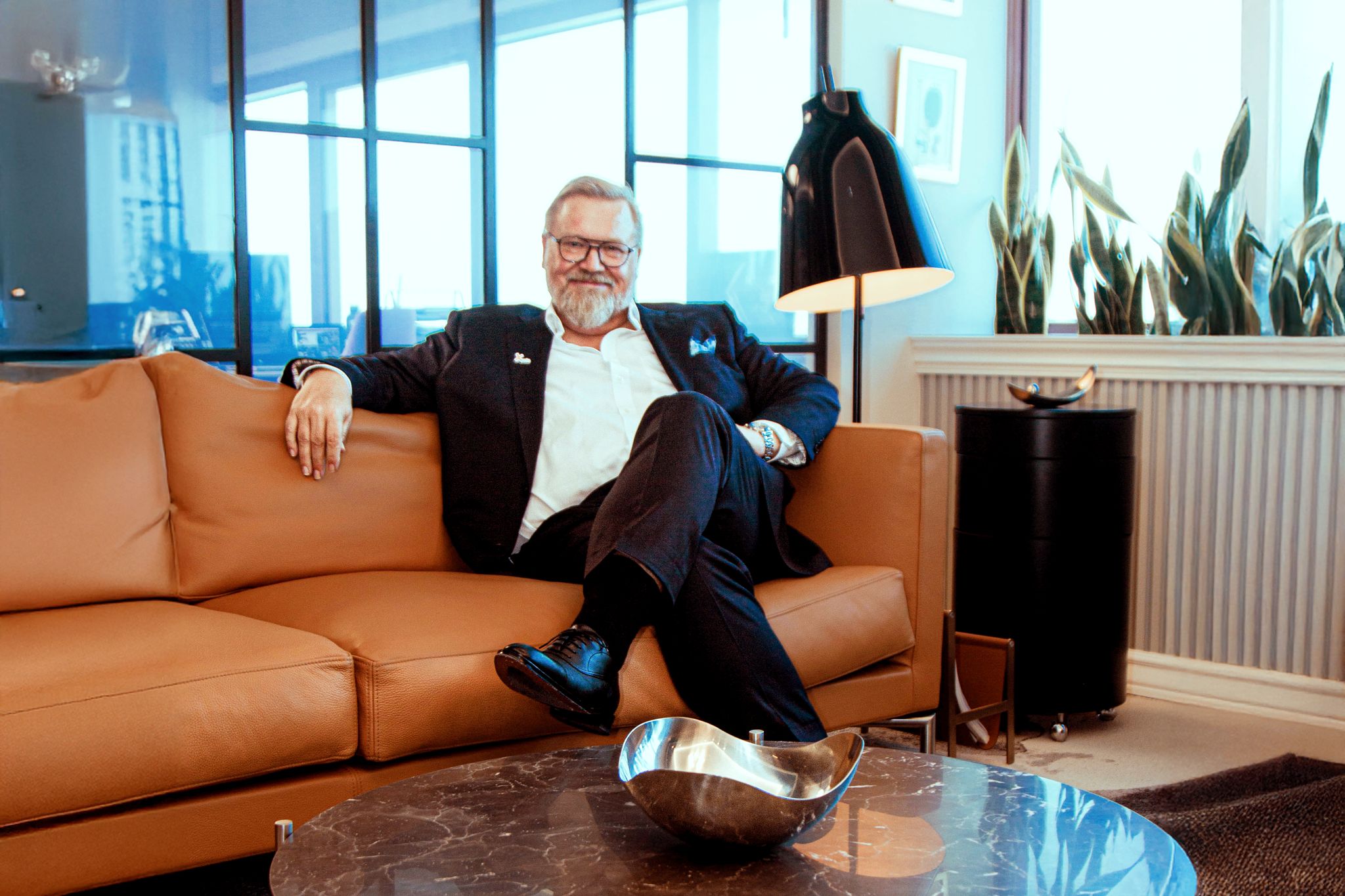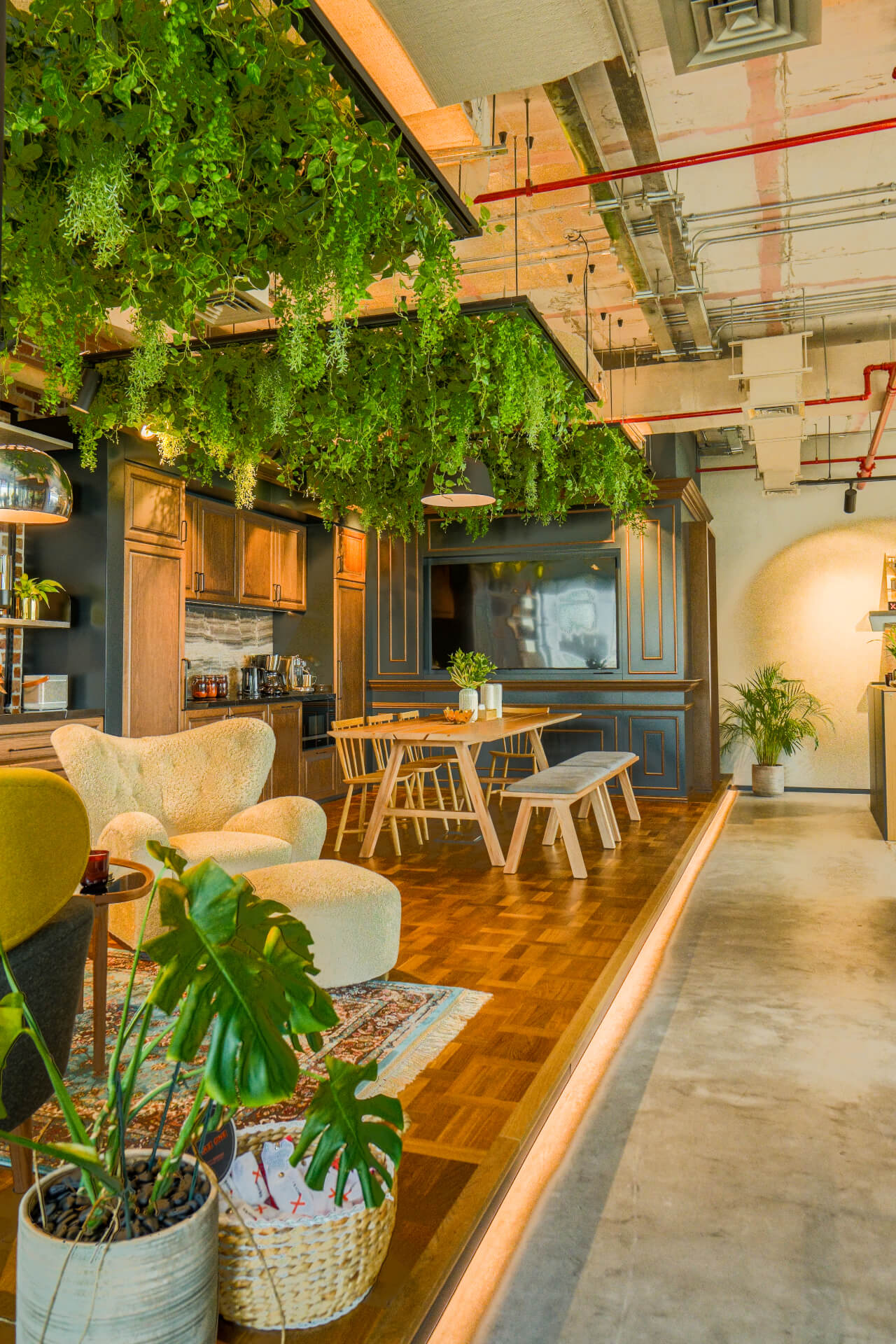Changing Mindsets
‘So what is a workspace, today?’, we ask our experts.
“I was working from my car today through my laptop, and got a decent amount of work done before even entering the office,” says Adriana Graur, Design Director at dwp. Which makes us wonder, do we need to revisit the traditional definition of a workspace?
Adriana tells us that we have to first change our mindsets and start thinking differently. “What traditional workspaces did really well helped is help with boundaries. We’re all well aware that you can work from anywhere from now, but that doesn’t mean it’s a good thing. We’ve had to get used to it. We don’t have the products and spaces that fully embrace or support this today. Yes, we love the flexibility, but what’s ended up happening is that we don’t know when to stop, and we just go on working because our homes and offices have fused. So we have to start thinking about how we can incorporate the flexibility of work from home with the benefits an office would provide. To be able to give ourselves that work life balance, but also make our boundaries flexible and not be married to the 9 to 5 thinking. That requires a change in mindset.”
Patrick Loechle, Vice President Marketing & Product Management at Interstuhl, gives us his perspective. “We’re at an interesting point in time where we have realised the true value of a workspace. It’s not just a place to have people work 9 to 5. It has to facilitate productive work, collaboration, social interaction, and as of the current situation, health and safety as well. It has to be multidimensional. For my team, it’s very important that they can work from home, but equally important for me is to bring back that spontaneous interaction. Something as simple as having a discussion over coffee can lead to an amazing idea, which was not on the agenda before.
Keenan Grote, Chief Operating Officer of project management firm, PMKConsult, adds, “If it weren’t for the available technologies during this pandemic, I think it would have been extraordinarily challenging to switch to remote working. I don’t believe that this flexible or work from home paradigm shift is purely a result of the pandemic. The pandemic may have accelerated it, but it was in motion long before this. Large international companies were already adopting this method. I don’t believe it’s a trend, and I don’t think that we’re ever going back to the traditional way of working. If you look at all the metrics, having smaller footprints from a real estate perspective, but still being able to work not only within that environment but elsewhere is so beneficial. But it is also very important to have that physical space, because we are by nature social creatures. So it’s definitely a positive shift overall.”
There’s always another side to these discussions. “Personally, I need people around me, that’s how I operate,” says Soren Kraen, Owner and Founder of fit-out company, Xworks Interiors. “But realistically, it depends a lot on the kind of work you do. A lawyer or a chartered accountant can work very much on their own. But work that requires collaboration is difficult to do on Zoom. The situation is also not the same for everyone. The type of space matters. A lot of people on my team don’t have big houses with extra space to dedicate to a WFH setup. It’s a luxury for so many people. These are considerations we have to take. Also, on a related note, designing commercial spaces is so much fun now. It’s gone way beyond just rows of workstations. We can do so much more”.
A Case For the Physical Office Space
